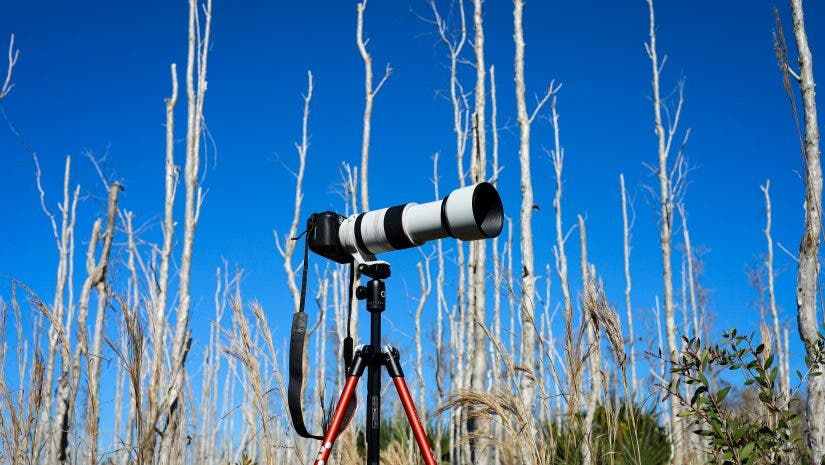Earth Day is not just another date on the calendar, it’s a reminder of our borrowed time and responsibility to take care of the environment. It goes beyond just throwing our trash in the proper bin or turning our lights off for an hour, it’s about embodying the Earth Day spirit through sparking change.
Let’s take a step back and talk about a couple of eco-friendly photography tips that can make the biggest impact as we celebrate Earth Day.
1. Invest in sustainable camera gear
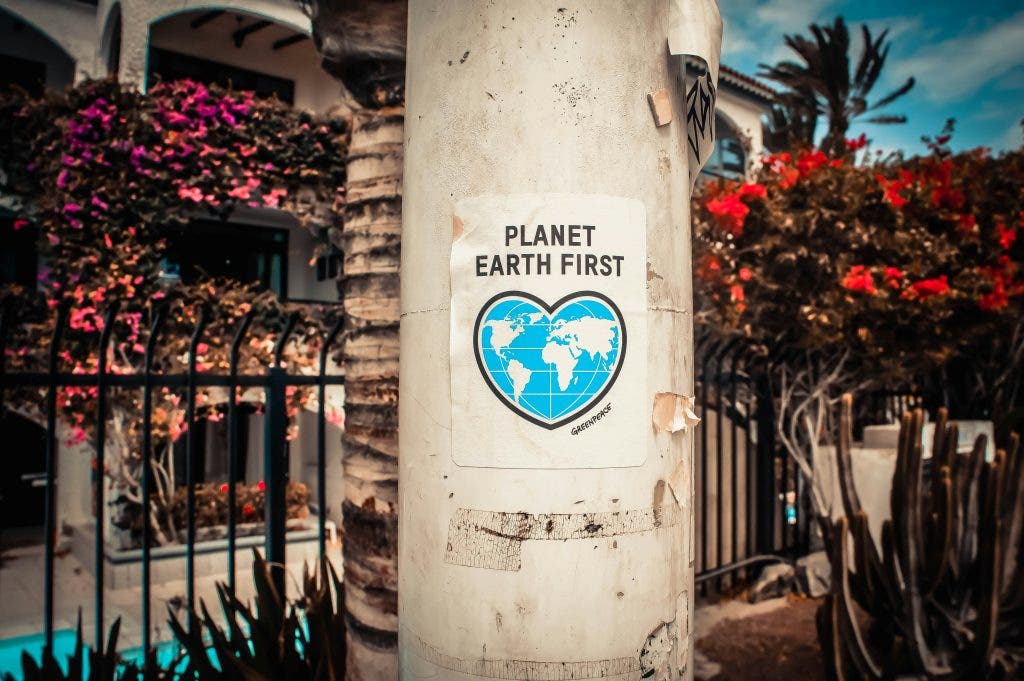
With the amount of material that companies need to mass-produce their cameras and lenses, it’s no surprise that each piece of gear that you buy carries a heavy burden. However, a lot of manufacturers are starting to embrace more sustainable methods and materials when crafting their next best camera.
In the forefront of this shift are Canon and Nikon who are currently using recycled material for their camera bodies (as well as some of their lenses). Embrace the Earth day spirit — make sure you do a little research on the brands that you buy from. After all, great quality comes from companies who care.
2. Opt for biodegradable accessories
Good consumer practices shouldn’t stop at just heavy-duty camera gear, but also in the little products that we buy to make handling cameras easier. A lot of camera straps and bags are made with synthetic material that doesn’t degrade easily when you throw them in a landfill. So making the transition to accessories made from recyclable materials can make a huge difference for the environment!
Biodegradable doesn’t mean that they’re not built to last, organic materials such as hemp or cotton can definitely stand the test of time. So before you pick the most stylish bag that you can see in the market, check the materials and make the right choice.
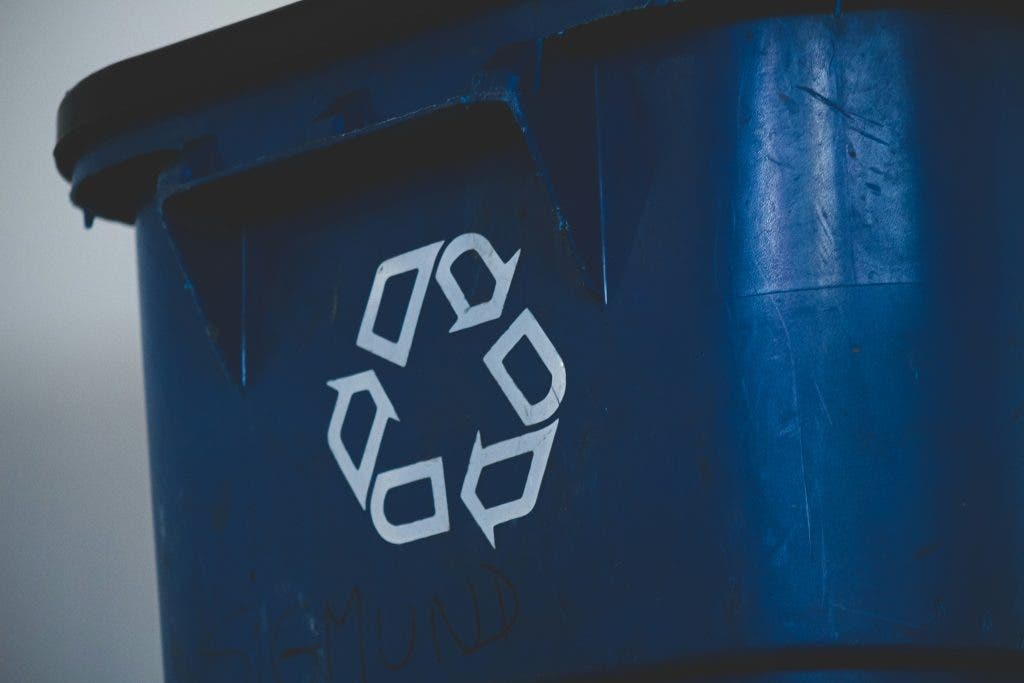
3. Advocate for environmental causes
When we capture photos, we tell a story about our subject. Shooting photographs of conservation efforts and environmental advocacies can be your first step to contributing to a larger cause.
Eco-friendly gestures don’t have to be grand, but as much as possible, they do have to be impactful. Your lens is a powerful tool for change, and when used right — you can shift the public’s perception for the better!
4. Mindful printing practices
A lot of photographers are going digital, however, there’s still quite a market for printed photographs. So if you’re someone who wants to immortalize a sentimental photo and frame it in your home, make sure that your print shop wisely.
Go to shops that are guaranteed to use eco-friendly materials, cause even the smallest actions can add up and harm the environment. You don’t have to choose between quality and sustainability, because you can still get both!
5. Offset your carbon footprint
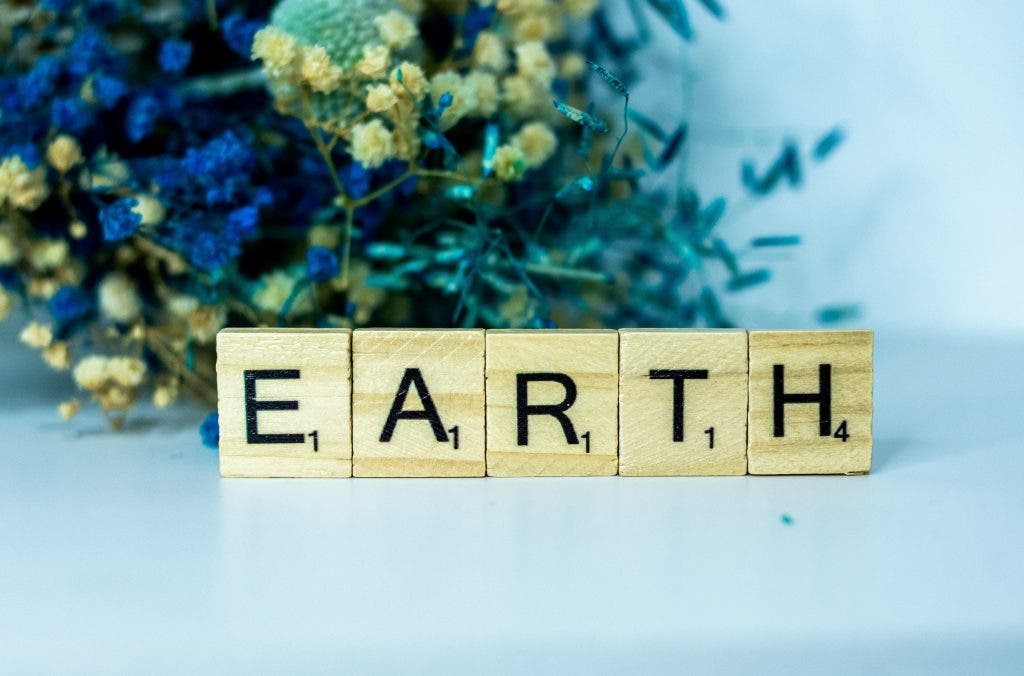
Being a photographer means that you often have to travel to the next big event to meet with clients. However, traveling is incredibly wasteful and contributes a ton of carbon emissions. Sometimes, traveling by sea or by land is impossible — but you can still do something to offset your travel footprint.
Everytime you go out to travel, consider donating to reforestation efforts or other environmental projects. Opting into greener flights is also an option for airlines that offer it!
6. Be conscious of what you buy!
Every piece of camera equipment carries an environmental cost, from raw materials to manufacturing to shipping. When you buy used, you’re extending the life of that gear, saving it from the landfill and reducing demand for new production. Think of it as giving a lens a second life — and maybe even some new love.
Earth Day spirit isn’t about perfection. It’s about intention. Whether you thrift your tools or invest in sustainable innovation, the key is to shop thoughtfully. Your photos can tell stories — and your choices behind the scenes can write an even better one.
Snap photos with a cause!
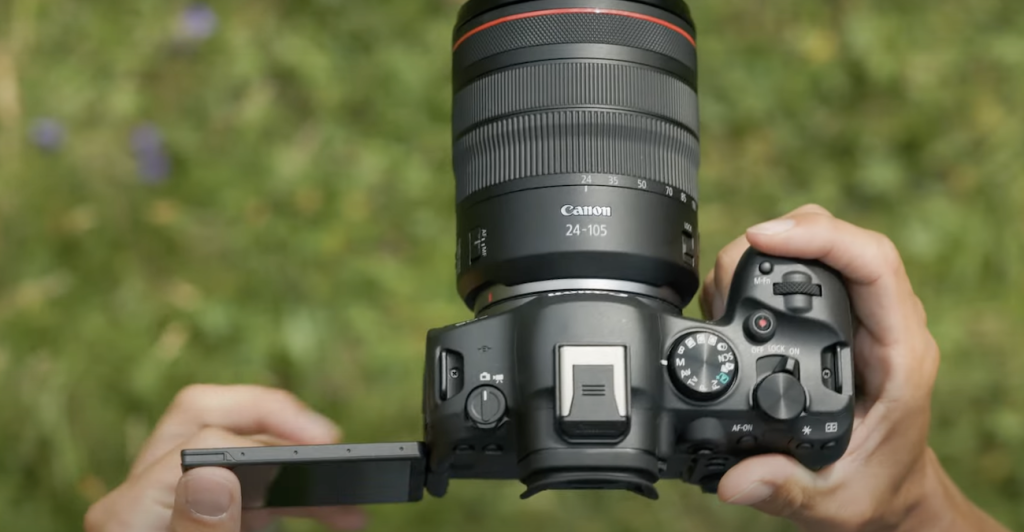
It’s not enough to act on these practices once a month. Integrating these tips into your routine and mindset as a photographer is the only way you can honor the Earth Day spirit and create a more sustainable future.
The Earth isn’t just the place that we live, it’s where we create our art and express it by capturing it for everyone to see. So let your art reflect your commitment to preserving it, and the creatures that live alongside us as well.
